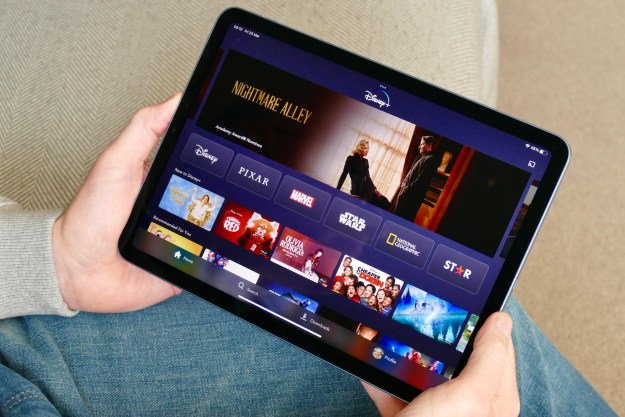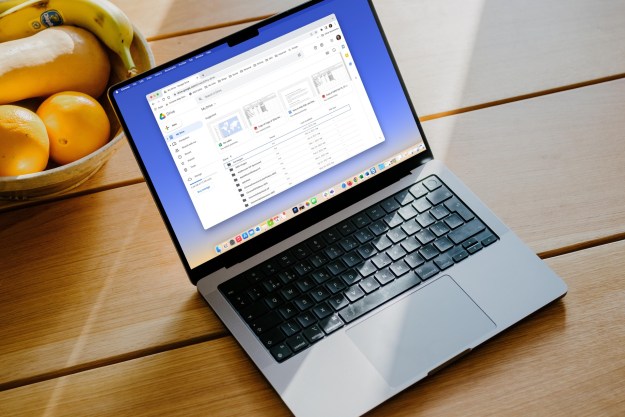
Don’t blame the poor flight attendants who have to nag passengers to turn off all their gadgets during take-off and landing: they’re just following orders from the Federal Aviation Administration that say electronics that may affect the plane’s avionics need to be powered down.
The thing is, there is no scientific evidence that proves laptops and iPads interfere with flight electronics as The New York Times reported back in 2011, so why make flight attendants the gadget police and risk making passengers extra grumpy by denying them their personal sources of entertainment? With wearable computing like Google Glass and the Pebble smart watch just around the corner, the FAA knows it needs to fine-tune its policy on personal electronics on flights to find a balance between flight safety and passenger morale.
After looking into the issue of personal electronics on flights since August 2012, the agency is considering changing its rule for “reading devices” so that passengers can keep them on and in “Airplane Mode” even during take-off and landing. However, smartphones like iPhones will still need to be turned off. While the article did not specify what the agency considers to be a reading device, we are assuming e-readers like Kindles and Nooks will be allowed to stay on during the entire flight. The FAA already allows pilots to use iPads as flight manuals in the cockpit, so they should be safe enough for passengers to use. It just doesn’t make a lot of sense that the agency lets you whip out your electronic razor or voice recorder at any point during a flight, but not your Nintendo 3DS or laptop.
According to The New York Timees’ sources, the FAA could be announcing its change of heart by the end of this year, so you may be able to read your e-book during throughout your entire flight as soon as this Thanksgiving. Hopefully, the agency will open it up to allow more than just e-readers.


